Transposition of the Great Arteries (TGA) is a serious congenital heart condition where major arteries are reversed. Explore causes, symptoms, and treatments.
What are the main causes of transposition of the great arteries (TGA)?
- Genetic mutations during fetal development may disrupt heart formation, causing the pulmonary artery and aorta to switch places abnormally.
- A family history of congenital heart disease significantly raises the risk of developing TGA in newborns.
- Maternal factors such as diabetes, infections, or alcohol consumption during pregnancy can contribute to TGA development.

Transposition of the great arteries symptoms early cyanosis in babies
>>> See more: Patent Ductus Arteriosus (PDA) causes and prevention
Key symptoms of transposition of the great arteries (TGA) to watch for
- Severe cyanosis, or bluish skin discoloration, appears in newborns due to circulation of poorly oxygenated blood.
- Difficulty breathing, including rapid or labored breathing, indicates insufficient oxygen supply caused by TGA.
- Poor feeding and slow weight gain suggest the infant’s heart is failing to deliver adequate oxygen.
How can you prevent transposition of the great arteries (TGA) effectively?
- Genetic counseling before conception can help families identify risks and plan pregnancies responsibly.
- Good prenatal care with controlled maternal diabetes and avoiding alcohol reduces the likelihood of TGA.
- Prenatal imaging, including ultrasound and fetal echocardiography, detects TGA early for timely treatment.

Transposition of the great arteries causes heart development issues
>>> See more: Key facts about Patent Foramen Ovale (PFO) condition
Images visual examples of transposition of the great arteries (TGA)
Transposition of the great arteries (TGA) is a congenital defect where the pulmonary artery and aorta switch positions, blocking normal oxygenation. Visual images highlight how this heart malformation develops.
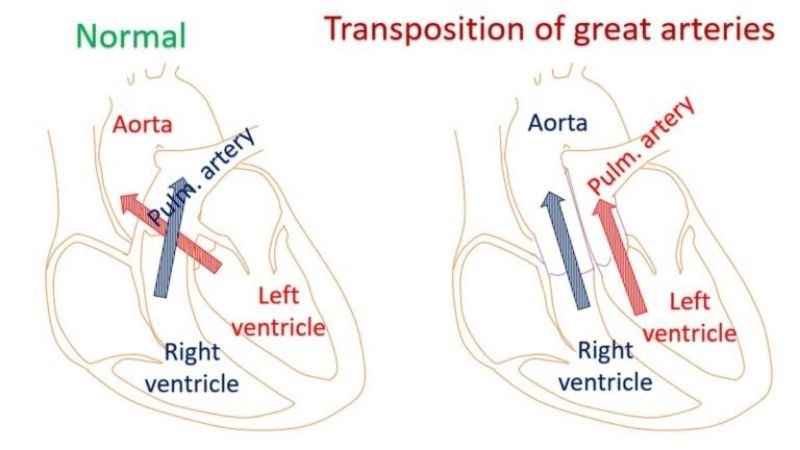
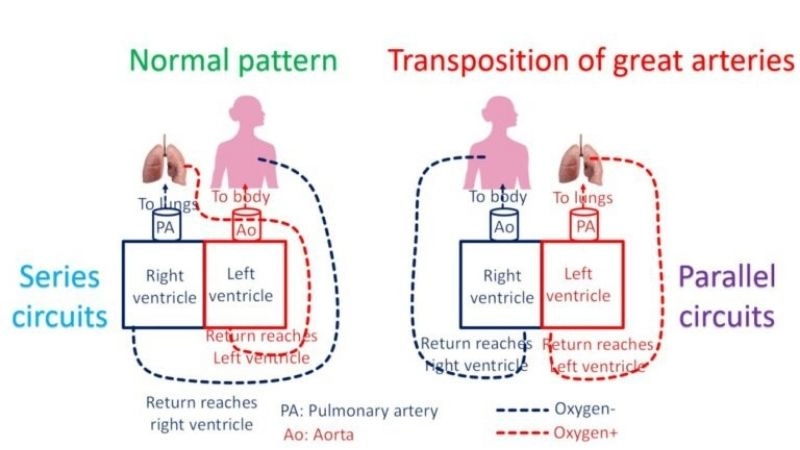


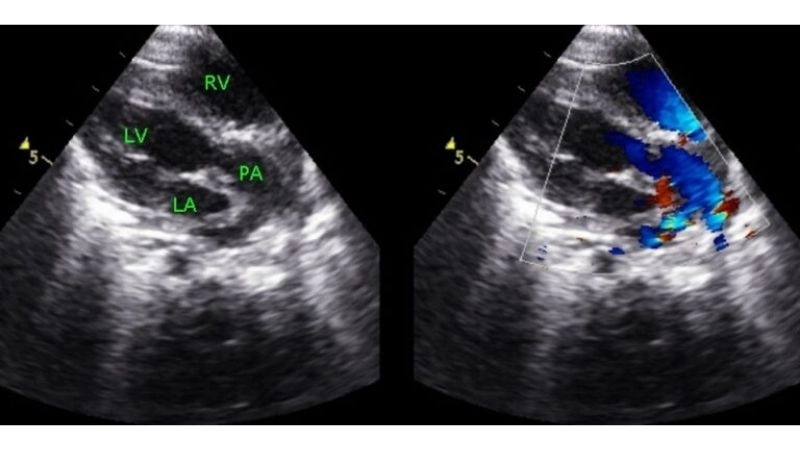
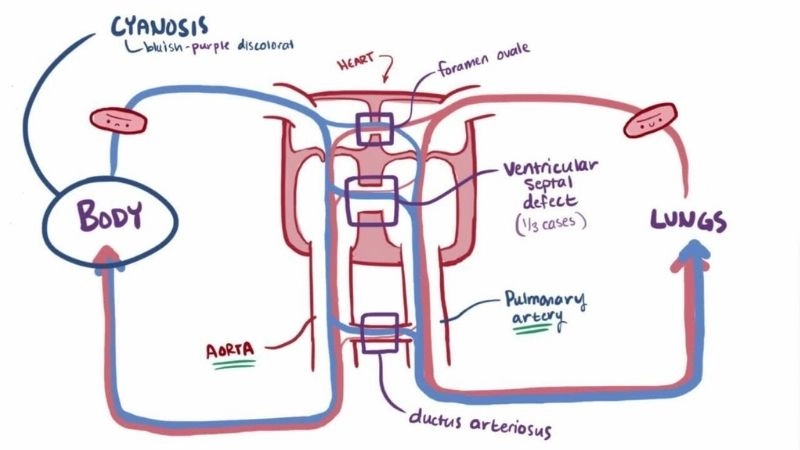
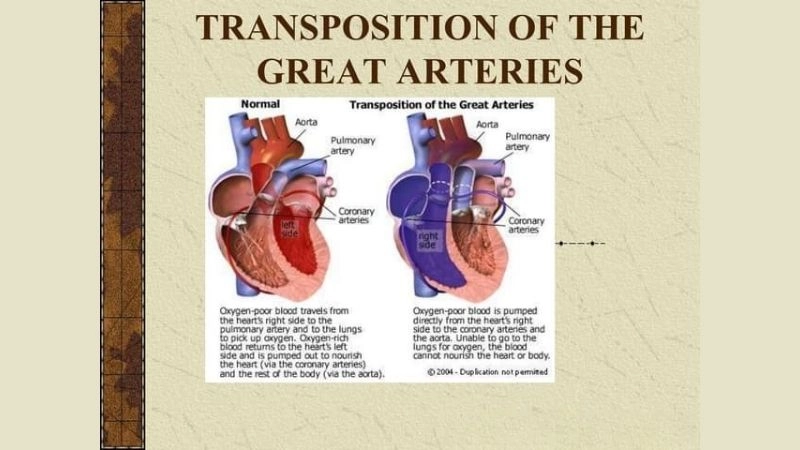
>>> See more: Patent Tetralogy of Fallot diagnosis and latest care options
Understanding Transposition of the Great Arteries (TGA) is key to early detection and care. Learn about survival, management, and long term health outcomes.





